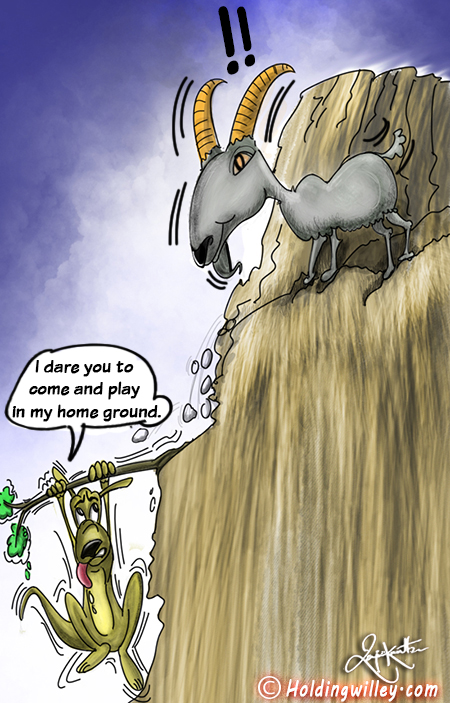
In the wake of Australia's sudden and unexpected first innings total in the 4th Ashes Test, it has left everyone in shock, trying to explain the unusual occurrence.
Australia were dismissed off 111 deliveries, making it the quickest first innings in Test history. Let me repeat that: in Test history!
Social media was in over drive whilst the Australians were batting. Though the tweet of the day was:
04W24W0W04100000W40000110W020000401000W000000000101000011W0011200010040040000W1W30000000000000400000000000001004W: Aus innings in one tweet.
— Ramesh Srivats (@rameshsrivats) August 6, 2015
However, the issue that must be addressed is: how can this happen? In this day and age of professionalism, covered wickets, access to better practice facilities, sport scientists with the list going on and on.

I know firsthand that a team can have a shocker with the bat. There have been a number of examples throughout my career where we, as players, just didn't turn up to play and before we knew it we were defending a low total.
Yet it is the way the Australians were dismissed in the first day of the Test in the morning that is more troubling. All wickets, bar Peter Nevill's bowled, were caught behind the wicket, highlighting again that the moving ball troubles the Australian batsmen.
Why is that? Are Australian wickets too flat? If the wickets are too flat, are the batsmen too aggressive and haven't learnt to grit out an innings when things aren't going their way?
That aspect may certainly perform a role in how the Australians play the game. Back home, supporters of the team are quick to praise them when it pays off and just as quick, if not quicker, to crucify them when it doesn't.
Given that we have all seen Australia struggle with a moving ball since Simon Jones picked up a 6-fer in the third Ashes Test in 2005, things have certainly not improved. That first day was just another fine example.
Therefore my question to the players and possibly the administration is this:
“
Is the International calendar too busy to allow players to adequately prepare and make the necessary changes to their game?
”
Even Darren Lehmann, when asked in an EspnCricinfo article if he would send more Australian players over to England to play in County cricket to get used to the conditions, stated, "I think it was a great experience for me. It's very hard in the schedule now to fit that in for (the players). That's probably the hardest thing and that's something we have to look at as a whole cricketing body how much cricket's being played."
Yes, playing abroad is what all International teams struggle with. Though the best players in the game have been able to find a way to adapt to the changing conditions, from the bouncing tracks of Australia, to the dry dirt tracks of the subcontinent, and the greenish tingle that is accustomed to English settings.
Players, now more than ever, literally go from series to series. Throw T20 cricket competitions in the mix and players could be living out of a cricket kit close to 12 months of the year. I agree that they are elite athletes who have the resources to adapt quickly and they should adapt. But how can you change your technique, something that you are so used to doing, so familiar to you that it is almost like you flick the switch to auto pilot when you walk to the middle of the crease? It doesn't matter if it is a practice match, nets or an actual game, the competitive drive in you will always shout the loudest when competing against a bowler.
The times when I had to change a technical aspect of my game, it has happened with hours upon hours in the net with simple drills of the ball dribbling its way towards me to allow me the time to consciously make the change. Did I enjoy it? No way. Would I have preferred to play instead of train? For sure. Nevertheless, it had to be done if I was to continue to stay ahead of my opposition.
I have no doubt that the Australian support staff would have worked tirelessly to prepare the players well. The Australian bowlers have had access to the Duke ball to get a better understanding of how to make it swing, but more importantly how to make it reverse. But whatever our batsmen have done, but have they had the appropriate time to prepare?
Australia have looked invincible on flat wickets, with their batsmen plundering runs for fun and their quicks finding something extra to produce the unplayable delivery.
Given that Australia have lost the Ashes, they will have another few years to find a way to play the moving ball well if they are to ever win an Ashes battle on English soil.
It will be interesting to see how the players develop over time and whether there will be any changes in how they prepare or approach Test cricket in England.